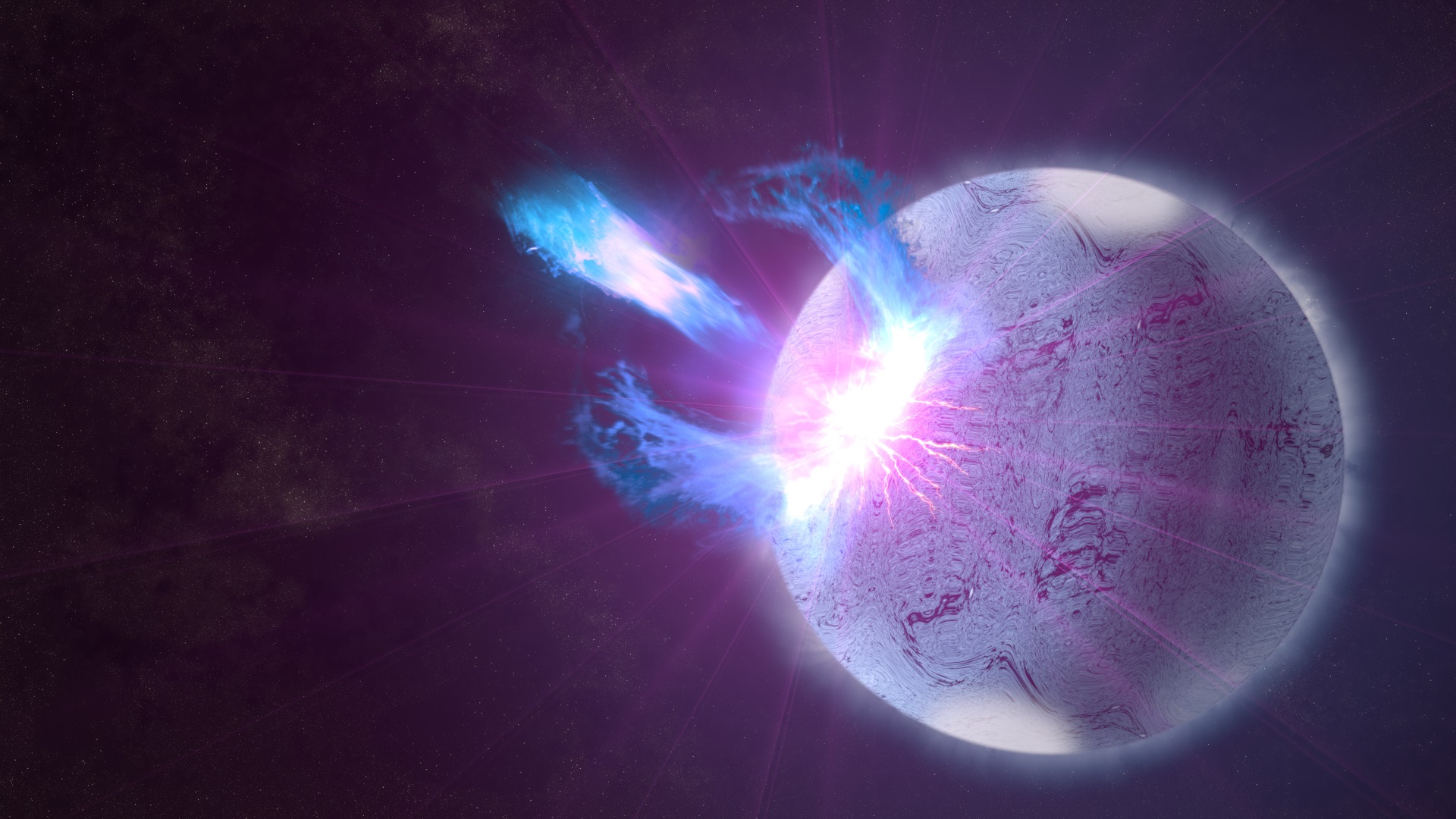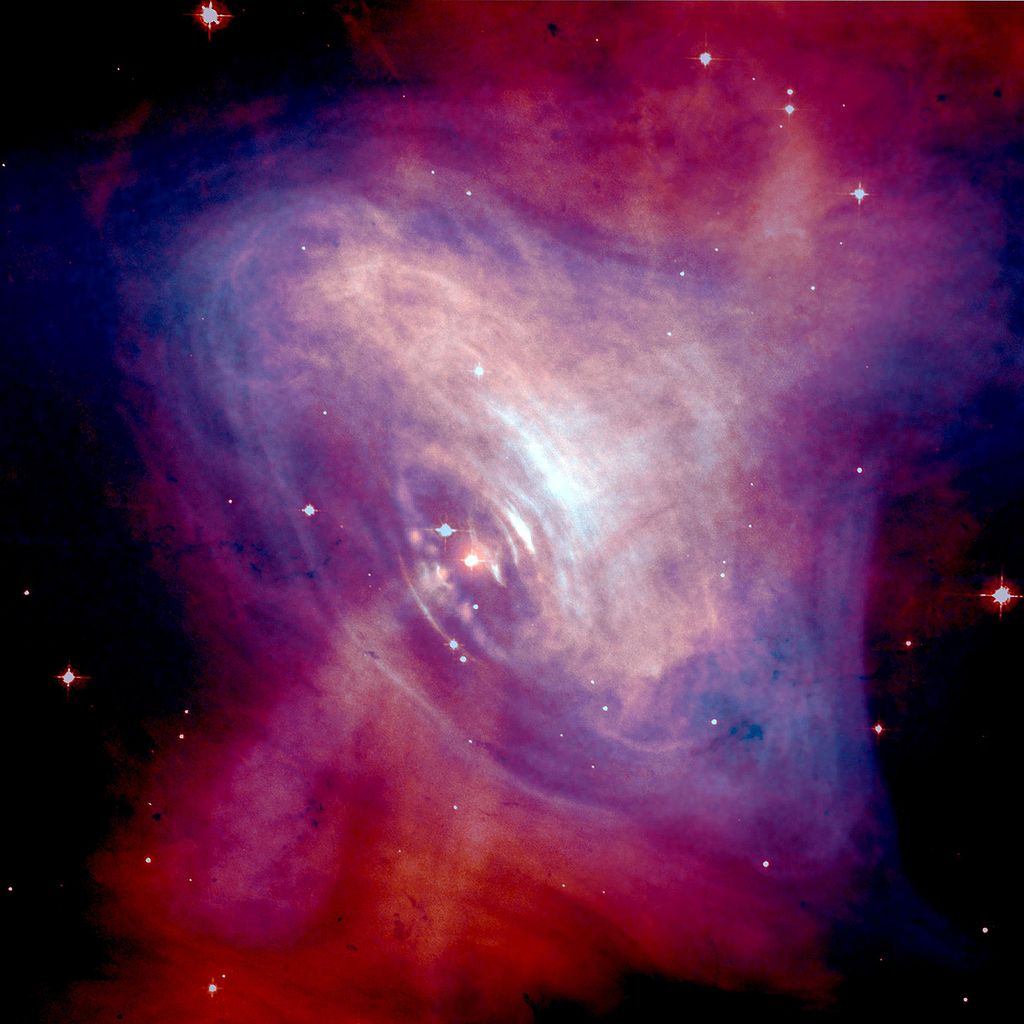Data Analysis
Data Analysis
Within the gravitational wave community, gravitational wave searches and astrophysics are classified into four board categories; burst, compact binary coalescence (CBC), continuous and stochastic. Data analysis and gravitational wave astronomy efforts at Glasgow are focused on the first three categories.
Bursts

Burst search techniques are amongst the most powerful tools available for gravitational wave searches since they can rapidly scan broad, complex parameter spaces and make groundbreaking discoveries of new gravitational wave sources. Data analysis techniques developed for gravitational wave bursts typically do not require well-characterised, accurate waveform models and are designed to be robust against uncertainties in the GW signature - making this a highly important method both for GW burst signals with at best, poorly-modelled waveforms, and binary signals outside the searched parameter space. Burst gravitational waves originate from a range of astrophysical sources, such as oscillating neutron stars, core-collapse supernovae of massive stars, cosmic string cusps and the merger phase of coalescing neutron stars.
Many gravitational wave burst sources should also be observable in more traditional channels, from Earth-based astronomical data, through sensitive GRB/X-ray satellite detections, to neutrino signals. Knowledge of the time and/or sky position of the astrophysical event producing a gravitational wave burst allows searches to focus on particular regions of the parameter space, thereby improving search sensitivity. Joint studies of complementary data enable scientific insight that cannot be accessed through gravitational waves or other messengers alone. Therefore, many searches for burst gravitational waves involve close work with partners in the astronomy and astrophysics communities to coordinate joint observations of potential sources.
Compact Binary Coalescence

The inspiral and merger of a binary containing stellar-mass compact objects (i.e., neutron stars and black holes) generates gravitational waves which sweep upward in frequency and amplitude through the sensitive band of ground-based gravitational-wave detectors. The highly relativistic speeds and strongly-curved space-times of compact object mergers generate gravitational waves that encode the dynamics of strong-field gravity. With extreme densities of matter completely inaccessible to terrestrial experiments, mergers involving neutron stars hold the key to understanding the equation of state of nuclear matter. Compact object mergers may also explain the origin and distribution of rare heavy elements and reveal the engine powering gamma-ray bursts. Measuring the masses and spins of a population of compact objects in the Universe can help explain how stellar collapse forms neutron stars and black holes.
Merging binary neutron stars are the most secure source of GW signals for the advanced detector network. The rate of mergers extrapolated from observations of Hulse-Taylor like systems or predicted through population synthesis models, should be no less than one per few years but could be as high as one per week within the search volume of aLIGO at design sensitivity (Abadie et al, 2010). Merging binary neutron star-black hole systems are also expected to be observed, although the rate is less certain as these have never been seen electromagnetically.
Continuous Waves

Rapidly spinning neutron stars can be expected to emit weak, but long-lived, gravitational radiation due to structural asymmetries caused by elastic and magnetic deformations, unstable r-mode oscillations and free precession. Long-term simultaneous gravitational and electromagnetic observations of a galactic neutron star would significantly increase our understanding of both gravity and matter under extreme conditions. For known pulsars, energy conservation allows us to set approximate 'spin-down' upper limits on gravitational wave strain amplitudes. Previous searches done by the Glasgow group have given upper limits well below this spin-down limit for the Crab and Vela pulsars (Abbot et al, 2008). Now in the Advanced Detector Era several dozen more known pulsars have become clearly accessible for observation, at spin frequencies primarily below 100 Hz.
